The Discovery
In the world of digital board game implementations, Yucata stands out as one of the best. In my mind, it IS the best because it’s where I first crossed paths with 7 Steps. When I first began my journey on Yucata, I was thrilled to discover that many of the games that I enjoyed playing on the table could also be found online; no more waiting for game night to play because the internet never sleeps!
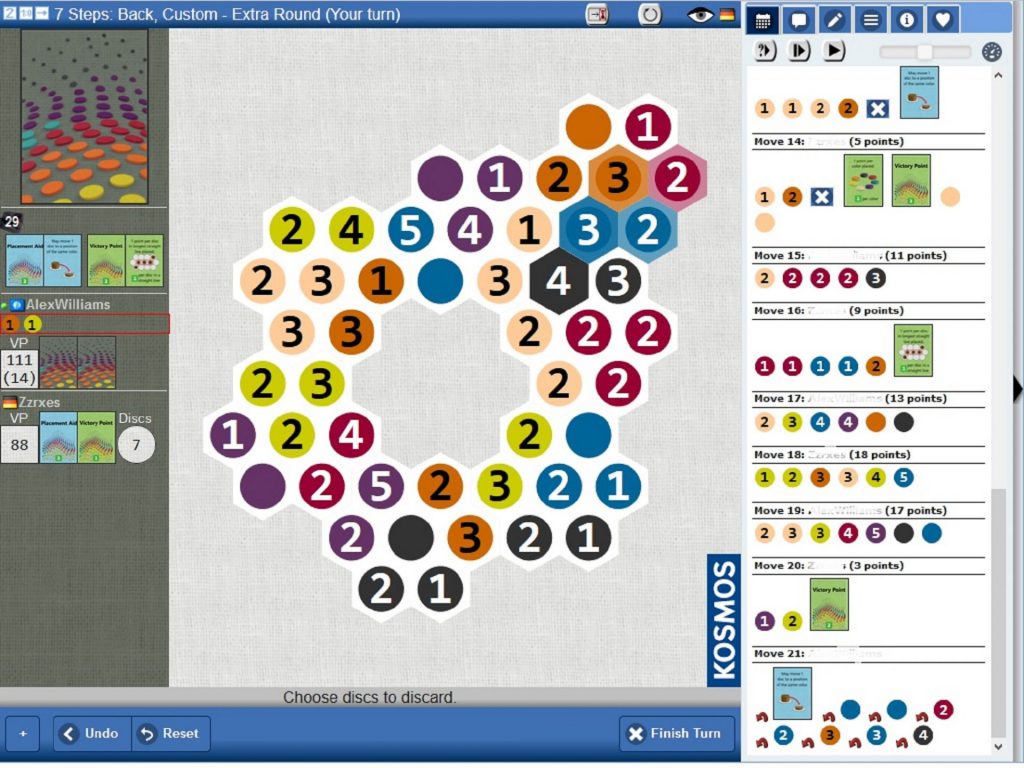
I dove into their catalog headfirst, learning new game after new game, because Yucata’s ranking system incentivizes you to not only conquer opponents, but to conquer them at larger swaths of games. It was on one such voyage of discovery that I came across 7 Steps for the first time. It grabbed me from the moment that I first played it and instantly became my favorite game on the site.
This, I knew, was a game that I had to have in my collection.
The Hunt
Adding 7 Steps to my collection was a thing more easily said than done; it lives on the edge of periphery, ephemeral and fleeting, always just out of your grasp.
There was this one time when our editor went to Canada and visited BoardGameBliss while he was there. I knew from all of my desperate internet foraging that they supposedly had a copy on hand and, for the briefest of moments I thought my hunt had finally come to a conclusion. But the website was out-of-date and 7 Steps was gone.
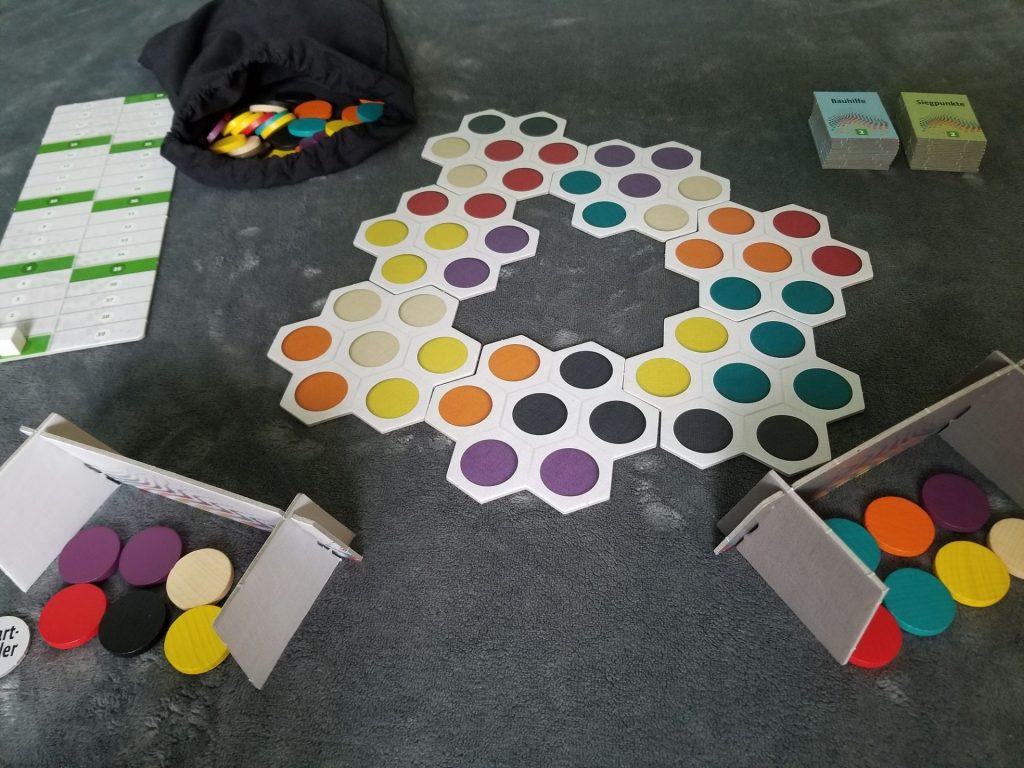
Disheartened, I continued my fruitless search until one day, years later, I saw a copy for sale in a random Facebook group. I have never messaged anyone that fast in my entire life and, having messaged them, I resigned myself to the idea that it was probably yet another in a long string of dead ends. But luck was on my side and now I am the proud owner of my very own copy of this marvelous game.
The Design Team
Great games begin with great designs which begin with great designers and 7 Step’s are two of the best: Michael Kiesling of Azul fame (among many, many others) and Reinhard Staupe, perhaps most well known for the frustratingly named (but so much fun to play!) The Game: Face to Face and 2009’s Havana.
I wasn’t aware of any of this when I first played the game. I had no idea who either of these designers were or what they were known for. All I knew was that I loved this game in particular. And just as Agricola had sent me down an Uwe Rosenberg path years before, so too did 7 Steps send me down a similar one.
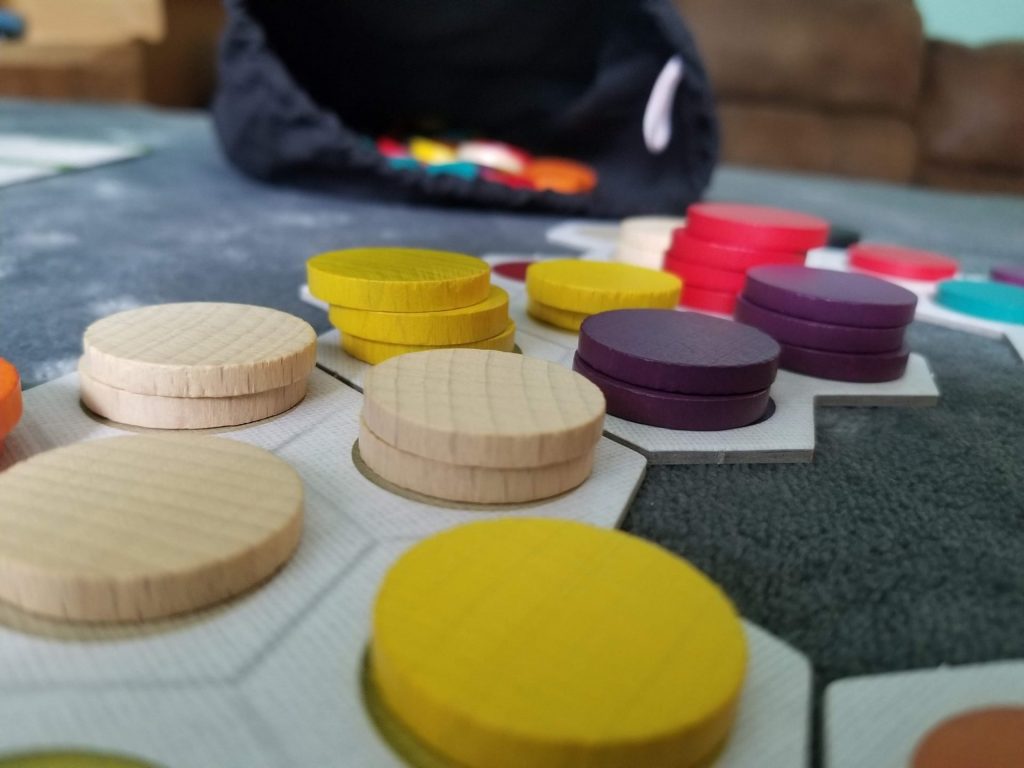
Reinhard Staupe has designed a lot of children’s games (most of which are in German) so his catalog didn’t interest me much, but Michael Kiesling on the other hand, Michael Kiesling knows what David likes (and Yucata’s only too happy to serve up plenty of Kiesling—7 Steps, Nauticus, The Palaces of Carrara, Vikings, and the 2000 Spiel des Jahres winner Torres to name a few).
So as you can see, when I discovered 7 Steps, I didn’t just discover 7 Steps; I discovered a whole new world I hadn’t known existed.
The Devotion to Theme
7 Steps stands as proof that an abstract doesn’t always need to be devoid of theme. In fact, Kiesling and Staupe are so devoted to the 7 theme in this game that it’s almost too much theme and, ironically, also not enough.
The game is played across 7 game boards composed of 7 colored hexagons apiece (and there are 7 colors!). Each player begins each turn with 7 colored discs drawn from a bag and will take turns placing out as many as they can on their turn onto hexagons matching their color. As discs are placed, they begin to form towers and each disc placed scores points based on which level of the tower it was placed. If a tower ever reaches 7 discs in size, it is dismantled and those discs are dispersed across the board.
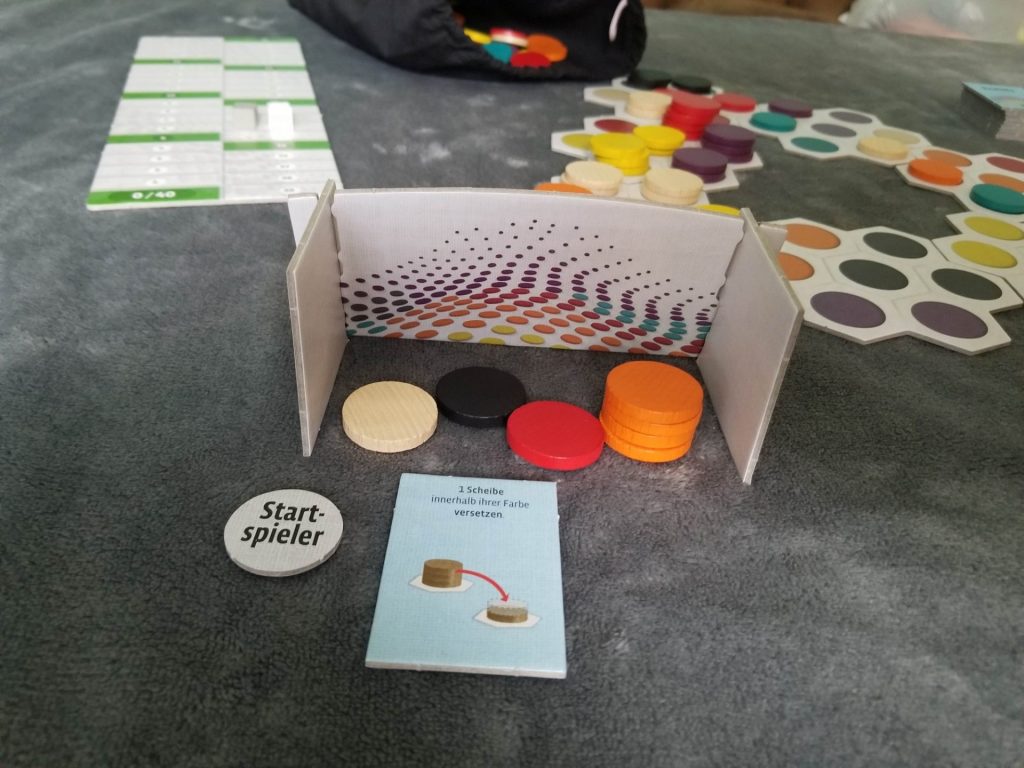
In fact, the only place that the 7 theme isn’t prevalent is that there are only 2 types of bonus tiles and only 5 different tiles within those 2 types and, if you ask me, there should have been 7.
The Look
Before I first encountered 7 Steps, I never understood the meaning of the phrase “language independency” (the idea that, aside from the rule book, the components in a game should speak for themselves—an idea that gained prevalence not only as a conscious means of being accessible to players, but no doubt also as a means of saving money) or how important it is.
After finally obtaining the game, though, that concept of language independency made sense. 7 Steps was only ever printed in German and unfortunately every last one of the bonus tiles in the game have some sort of text on them, an issue that a game that was language independent wouldn’t suffer from.
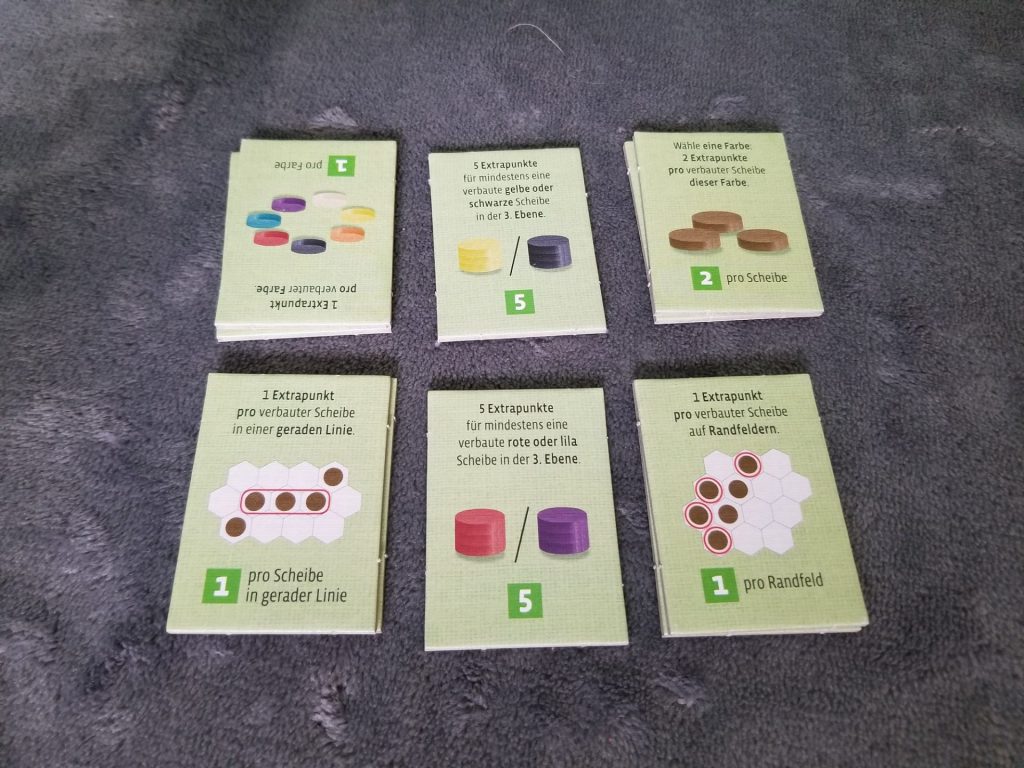
Thankfully, there are rules and bonus tiles translations available on BGG. Once you’ve read those and understand what you’re looking at, you quickly realize that the iconography printed on the tiles really are quite language independent and could easily stand on their own if the text were moved from them into the rule book, and that’s a testament to good graphic design. From the iconography to the color choices to the way the placement of the hexagonal tiles forms a beautiful, multi-colored honeycomb of awesomeness, every piece of this game comes together beautifully.
7 Steps is just a sleek, eye-catching game all around.
The Puzzle
7 Steps is a game that will test your ability to think on the fly as well as your decision making skills. Behind your screen lie 7 colored discs of various colors and you’ve got to figure out how to place them onto the board to score the most points. However, there are different factors to consider: you always have to start on the lowest open level of a color, scoring fewer than 7 points nets you a bonus card, and any move you make has the potential to open up massive scoring opportunities for your opponents.
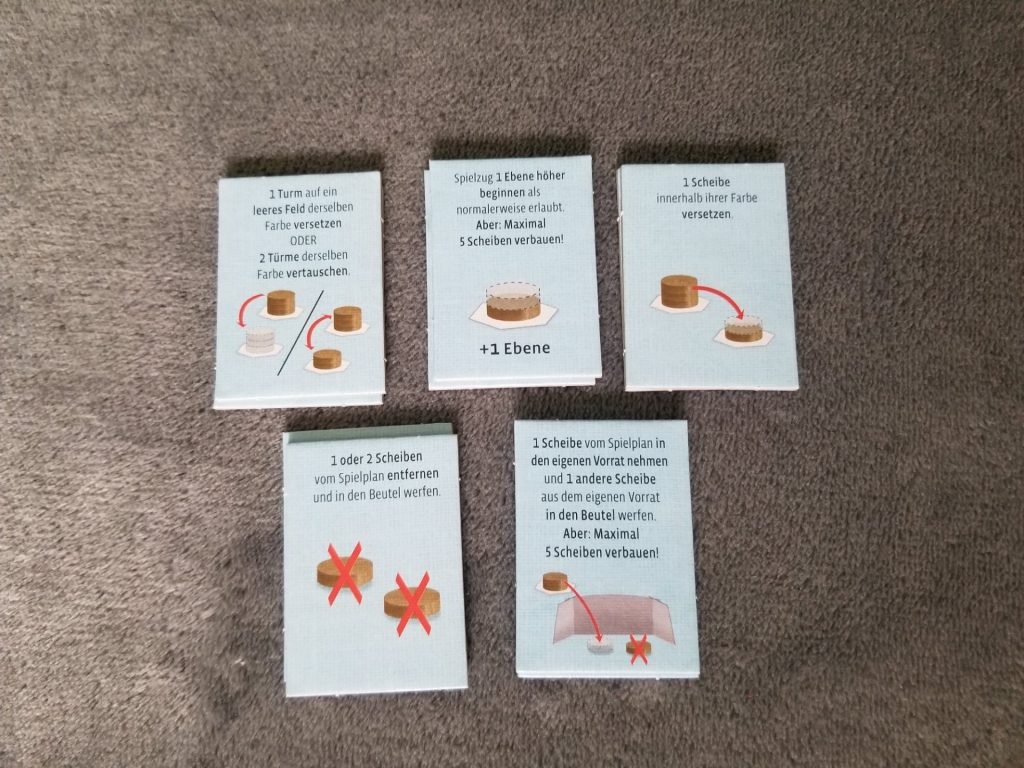
It’s a game that requires you to master the fine balance between scoring big to net a lot of points, scoring small to obtain those valuable bonus cards (which can either help you place discs more easily or score even more points), keeping in mind how many stones remain in the bag (if you can’t draw up to 7, the end game is triggered), all while trying to leave the board state in the least advantageous setup possible. Every decision is a delicious, brain melting puzzle. But there’s nothing quite as satisfying as surveying the board and finding a way to place out all 7 of your discs in a single turn, so the effort is worth it.
This is the aspect of 7 Steps that keeps me coming back for more.
The Way It Makes Me Feel
There’s this trope in visual media where one half of a pair of lovers, separated from their other half, find themselves sitting in a plane, train, taxi, etc., and as they grow closer to the object of their affection, they begin to find a measure of peaceful bliss. A smile forms, the romantic music swells, and we as the viewers know that a tear jerking reunion is imminent. This is very close to the way that 7 Steps makes me feel.
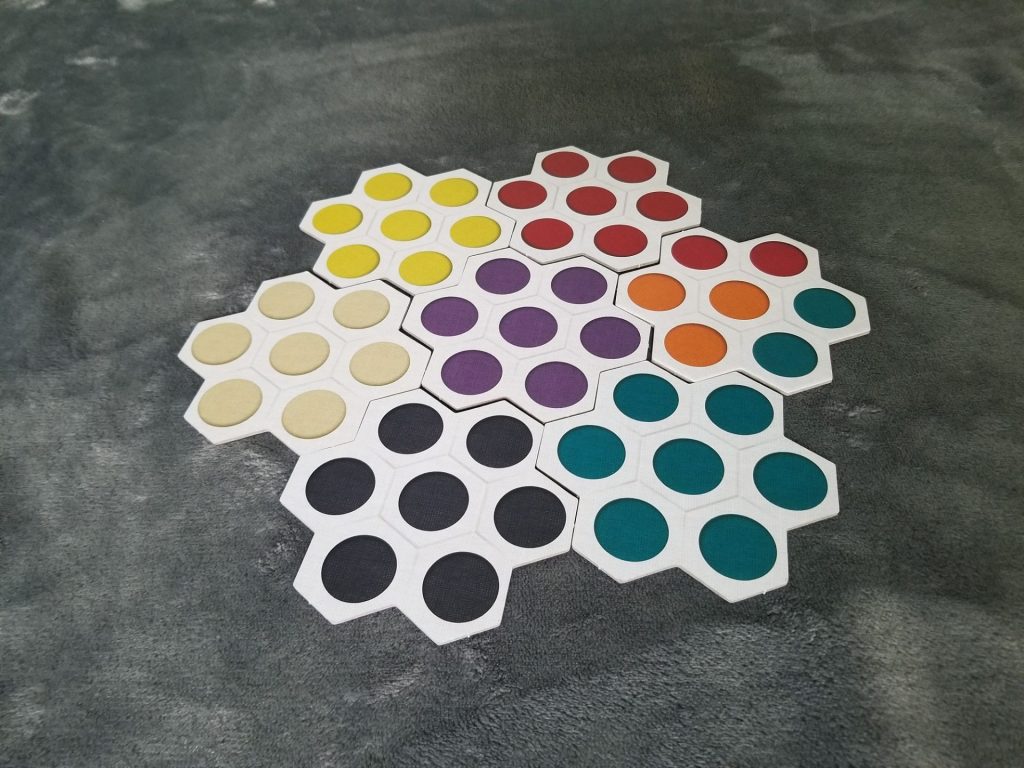
It’s weird, I know, but it’s true. 7 Steps doesn’t make it to the table near often enough, but when it does, it’s like a sweet reunion. The heart-swelling feeling that I get whenever I pull that box off of the shelf or fire up a game on Yucata is only outshined by the almost childlike excitement that I derive when I have the opportunity to share my love of this game with someone else.
Yeah, it’s like that.



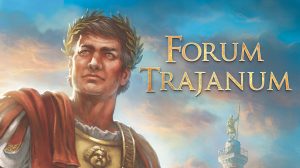


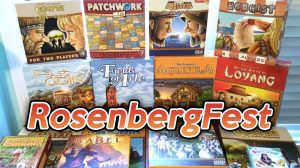




Add Comment